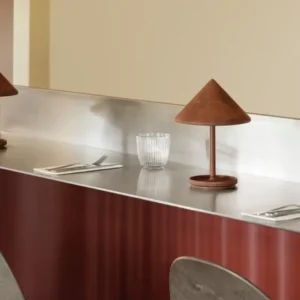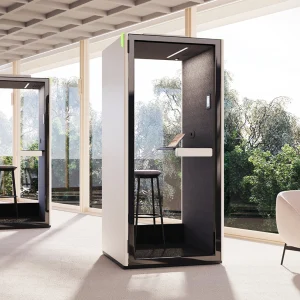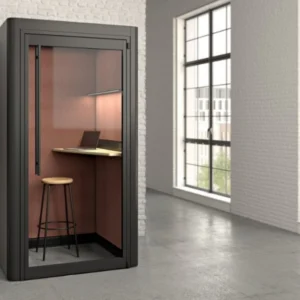The 260-acre stadium underwent improvements during offseason. The renovation project included new high definition video boards in left field and right field, a new sound system, a Wi-Fi network, new concession stands, renovated bathrooms, and designated areas for kids to play.
A new clubhouse that is much larger than its predecessor has been added under renovation. The visiting team now has its own batting cages and weight room. In addition, concourses were widened at new entry plazas and play areas for children were included.
The stadium, designed by Emil Praeger and his client Walter O’Malley, was designed so that fans could drive almost right up to the stadium park in a section of the massive circular lot near their sections and enter through one of 11 portals. The architects also removed the last few rows of seats from sections on four levels, replacing them with drink rails. Some parking lots were also reconfigured.
In an effort to improve sight lines, 426 club seats were removed along the foul lines. A new retail store is constructed at the top of the stadium location behind home plate.
Los Angeles Dodgers, the owner of the stadium, completely renovated all restrooms in four of the five areas of the stadium. The restrooms in the pavilions were moved under the pavilions, while family restrooms have been created on all levels.





